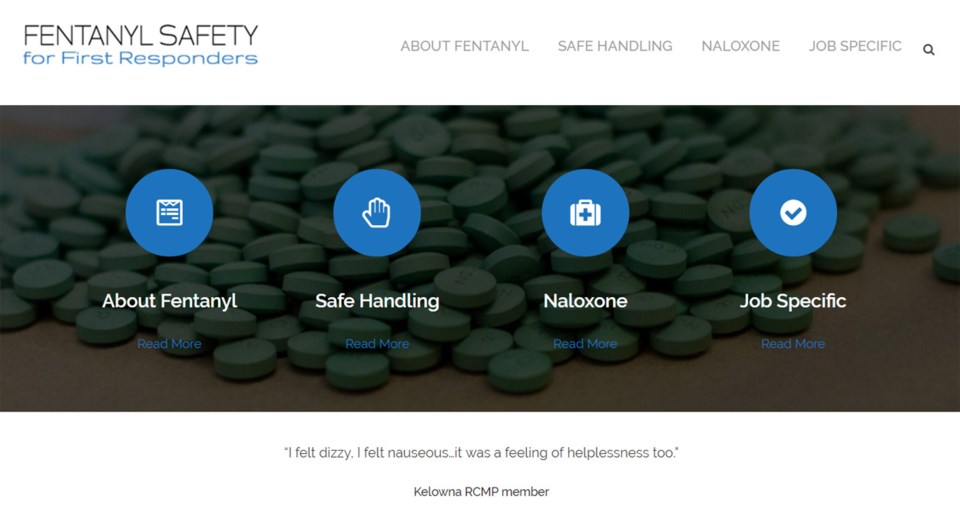First responders have a new source for information on the dangers of fentanyl exposure thanks to a website created by the Justice Institute of B.C.
The site – Fentanyl Safety for First Responders – is meant to be a one-stop shop for first responders looking for information on fentanyl. The site was created in response to the growing number of fentanyl related overdoses and fatalities across the province. The New Westminster-based Justice Institute came up with the idea after it hosted two very popular workshops on fentanyl use.
“The vast majority of first responders have minimal knowledge about substances like fentanyl,” Steve Schnitzer, director of the JIBC police academy, told the Record.
Topics covered on the site include what fentanyl is and why it is so dangerous; safe handling; Naloxone and how it can save lives; and information for police officers, firefighters and paramedics to help them stay safe when they encounter fentanyl on the job.
It was experts from police and fire departments and the ambulance service that approached the Justice Institute about creating one resource complete with information from each different group. They wanted to see the information from the JIBC’s two workshops shared with “as wide an audience as possible,” Schnitzer said.
The Justice Institute jumped on board and with funding from the province, created the fentanyl safety website.
“We wanted to get all the best information together, put it on a website and also constantly review and update it because this is an evolving situation,” Schnitzer added.
And the site isn’t only for police officers, paramedics and firefighters, it’s also for non-traditional first responders, he said.
“For instance, corrections. There’s drugs in prisons and prison facilities, so this is going to be useful for corrections officers. It’s useful for people that are managing group homes because drugs are in group homes,” he explained. “I consider all of them to be first responders, because anyone who could be in contact with something that could be fentanyl should be aware of the risks associated with it.”
The website can be found at https://fentanylsafety.com and is available to the public.



